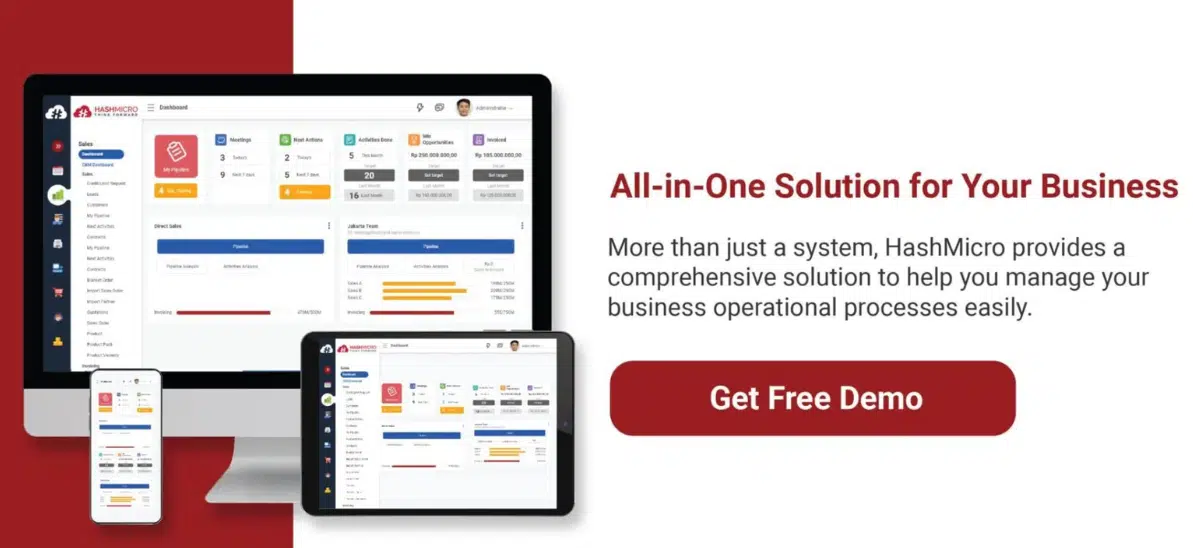Warehouse management is the most important part of logistics operations. Your order fulfillment depends on how you manage your warehouse. If you keep it disorganized, then there’ll be consequences you’ll have to face such as inventory loss and shipping delays.
You can easily prevent those situations by implementing a good warehouse management system. Here are seven warehouse inventory management practices you can apply to improve your inventory control and eventually speed up your shipping process.

Table of Content:
Table of Content
1. Optimize Your Warehouse Layout
The basic thing to do in warehouse management is to arrange the space and layout of your warehouse. Plan the utilization of each space in your warehouse. Make sure it facilitates the movement of goods. Mark every shelf to minimize confusion while storing and picking up stuff. And most importantly, make sure your warehouse has enough space for forklifts or pallet jacks to mobilize.
2. Store Your Items Based on The Turnover Ratio
Place your fast-moving items in areas that are easily accessible, for example near the shipping, staging, and receiving area. This will greatly save a lot of time and energy, so your staff will be able to handle more tasks.
To easily identify the fast-moving items (and the slow ones), consider using an inventory management software. The system can also help you analyze demands and trends so you can make better business decisions.
3. Perform Cycle Counts Regularly Warehouse Management
In addition to performing physical counts, conducting cycle counts is also necessary in warehouse inventory management. They are less disruptive than physical counts that require you to stop all the warehouse operations. You’ll only need to count small subsets of your inventory in specific locations in your warehouse so that the operations can keep running as usual. We recommend that you perform cycle counts once a quarter in warehouse management to reduce the risk of inventory shrinkage.
4. Increase Your Warehouse Management with Security
Avoid inventory shrinkage by improving the security of your warehouse. Implement warehouse management best practices by providing access cards for staff in charge of managing inventory and installing CCTVs in every aisle to monitor warehouse activity. To distinguish between staff and unauthorized visitors, require employees to wear uniforms and ID cards for better security and compliance.
5. Label All Your Items
Make sure all your items already have SKUs and barcodes. It’s also important to recheck your inventory to see if there are duplicate labels. To simplify the tracking and picking processes, use an integrated barcode tracking software that is integrable with SKU or barcode scanners.
6. Reduce Material Handling by Implementing Cross-docking
To reduce storage time and costs as well as speed up the shipping process, you can try implementing cross-docking which requires a little to zero storage. A cloud based inventory system can streamline this process by providing real-time tracking and efficient coordination of inbound and outbound shipments.
This can be done by sorting and consolidating the inbound materials and putting them into staging areas (if you have ones) or to outbound trucks to be shipped to specific locations.
7. Train Your Staff for Better Warehouse Management
Staff responsible for inventory should be able to manage it well and follow all warehouse regulations. Therefore, conducting staff training in warehouse management is very important to ensure efficiency and compliance.
Introduce them to the inventory management system that your company uses so they can make the most of it. Monitor their performance and allow them to give feedback to help you improve your human resource management.
Conclusion
Since you understand 7 practices that can be implemented in your warehouse to control the inventory, now you can optimize those practices with technology. Today, warehouse management technology can help your business operations be more effective and efficient than before.
HashMicro as a provider of software technology provides ERP software that can help you to control your inventory in the warehouse. HashMicro has the best warehouse inventory management system that helps you track products, make a report, reduce storage costs, and many more. Free demo, now.
Pertanyaan Seputar Warehouse Management
-
What is the 5 essential warehouse management process?
The five essential warehouse management processes include:
• Receiving: Accepting and verifying incoming goods to ensure accuracy and quality.
• Putaway: Storing items in designated locations for easy retrieval and efficient space utilization.
• Picking: Retrieving products based on customer orders or internal needs.
• Packing: Preparing items for shipment by securing and labeling them correctly.
• Shipping: Dispatching orders accurately and on time to the intended destination. -
What does warehouse management do?
Warehouse management oversees the storage, movement, and tracking of goods within a warehouse. It ensures efficient inventory control, optimizes space utilization, enhances order fulfillment, and improves overall operational efficiency by reducing errors and delays.
-
What is the main function of warehouse management?
The main function of warehouse management is to ensure the smooth and efficient handling of goods, from receiving to shipping. It aims to maximize productivity, minimize costs, and enhance customer satisfaction by maintaining accurate inventory records and optimizing warehouse operations.




































